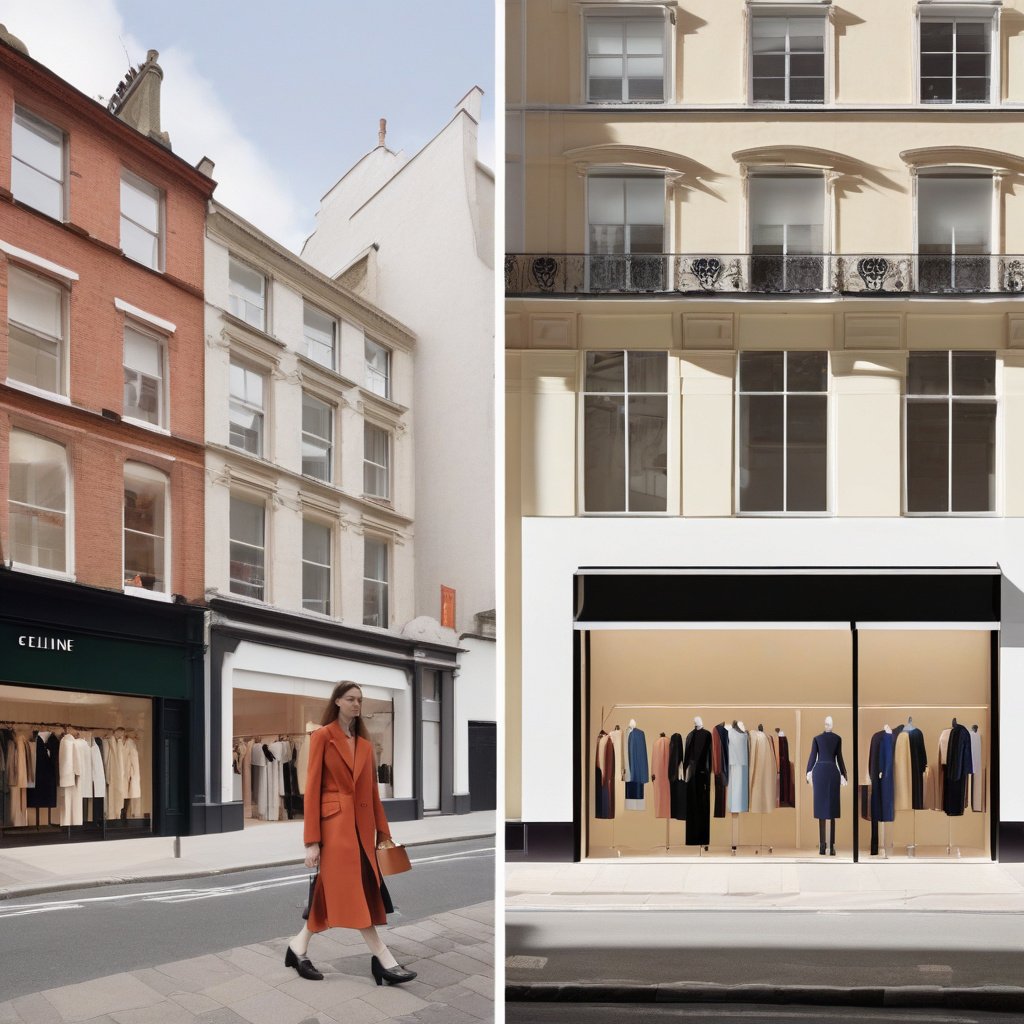COS: From ‘High Street Céline’ to Stagnation
H&M’s upmarket sister brand, COS, has long been hailed as the ‘High Street Céline’, offering minimalist designs and high-quality pieces at accessible prices. It was seen as a proof point for the Swedish group’s ambitions to diversify away from its core fast-fashion business and cater to a more discerning clientele. However, in recent years, COS has faced challenges that have led to stagnation in its growth and reputation.
One of the key issues that COS has grappled with is its struggle to keep pace with a shifting market. As consumer preferences evolve and trends change rapidly, the brand has found it challenging to adapt its offerings and maintain its relevance. While COS initially gained popularity for its timeless and elegant designs, competitors have caught up and offered similar styles at competitive price points. This has resulted in COS losing its unique selling point and struggling to differentiate itself in a crowded market.
Additionally, COS has faced internal challenges related to its company culture. Reports have emerged of a troubled work environment within the brand, with employees citing issues such as poor management practices, lack of communication, and limited opportunities for growth and development. This internal turmoil has not only affected employee morale but has also had a negative impact on the brand’s ability to innovate and stay ahead of the curve.
In order to overcome these challenges and revitalize the brand, COS executives need to take proactive steps to address both external market dynamics and internal cultural issues. One strategy could involve a renewed focus on product innovation and design, reclaiming COS’s position as a trendsetter rather than a follower. By investing in research and development, collaborating with emerging designers, and staying attuned to consumer preferences, COS can regain its competitive edge and attract a new generation of customers.
Furthermore, addressing internal culture issues is crucial for fostering creativity, productivity, and employee satisfaction within the organization. By implementing transparent communication channels, providing opportunities for training and career development, and fostering a supportive work environment, COS can rebuild its team morale and unlock the potential of its employees to drive innovation and growth.
In conclusion, while COS may be facing stagnation at present, the brand has the potential to reinvent itself and reclaim its former glory as the ‘High Street Céline’. By addressing both external market challenges and internal cultural issues head-on, COS can position itself for success in a rapidly changing retail landscape.
COS, H&M, High Street, Fashion, Innovation












